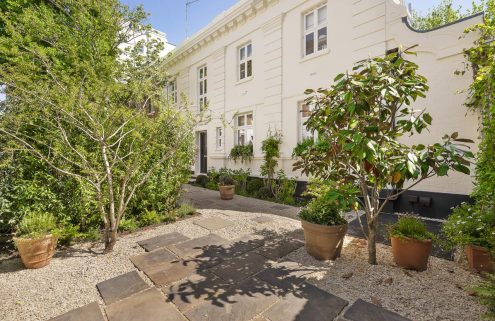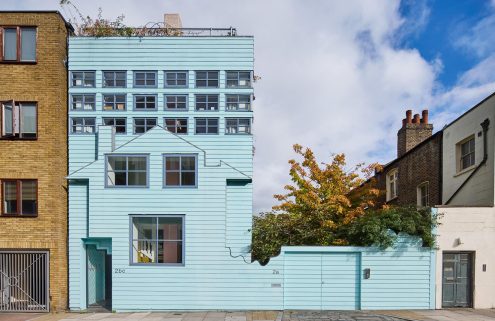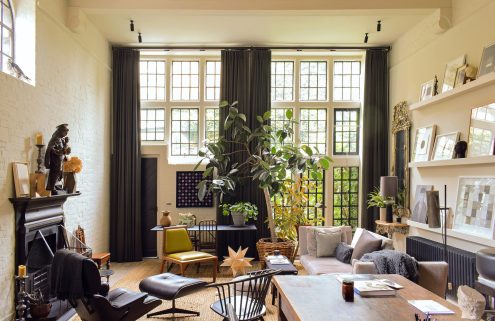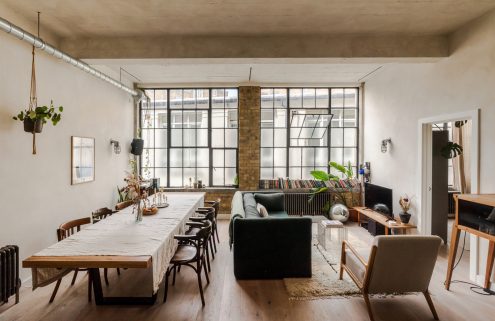Step into the largest property in the Loud & Western building on Broughton Road in Fulham and what immediately strikes you is the space. It’s huge – 6,523 sq ft, to be precise, with ceilings over 3m high – and there’s an immediate sense of potential. You could do almost anything here.
Which is exactly what the developer, Verve Properties, intended. It is selling the property – one of four, vast ex-industrial spaces in the former factory – unfinished, allowing a buyer to design their own layout and look. ‘We are determined to be the antithesis of a housebuilder, and prefer to promote ideas and opportunity,’ says Ashley Nicholson, director of Verve Properties. They have sold several developments in this way and are currently offering similar ‘shells’ in Twickenham, in a development of mews houses (prices from £475,000).
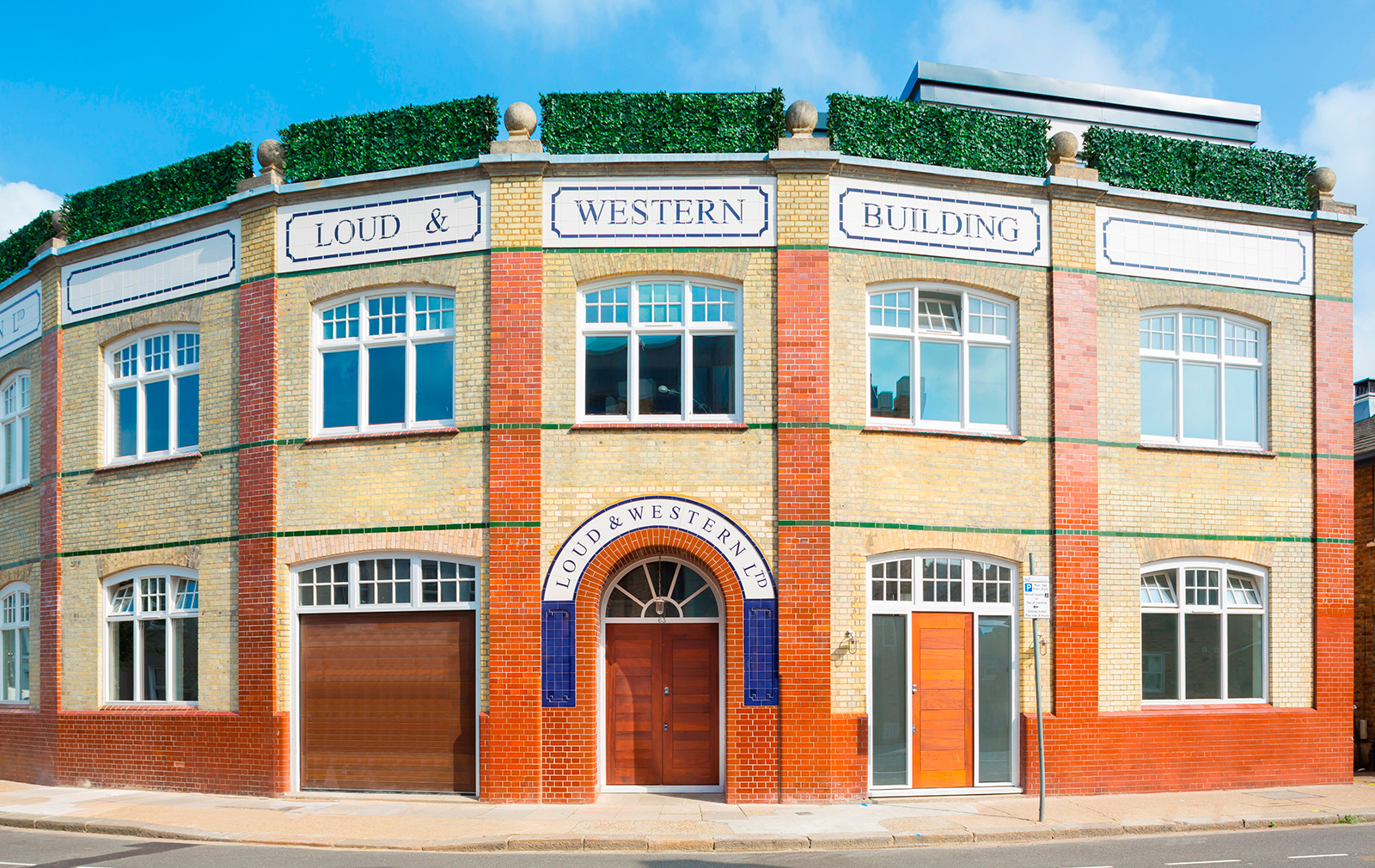
The strategy seems to have paid off – of the four buildings available at Loud & Western, two were snapped up almost immediately. ‘Having big open spaces appeals to more and more people,’ says Emma Stead, head of Savills’ Fulham office, which is selling the Broughton Road properties. ‘It’s a very exciting scheme.’
Like the idea? You’re not the only one. ‘Everyone loves the notion of open-plan, lots of natural light and raw space they can work with,’ says Sophie Roberts, head of search and acquisition at London-based Banda Property. Matthew Stanway, sales manager at Urban Spaces, which specialises in selling loft-style property, agrees. ‘If I advertised a raw warehouse space with residential planning permission, the phones would ring off the hook.’ It seems we all like the idea of setting our own parameters when it comes to how we live.
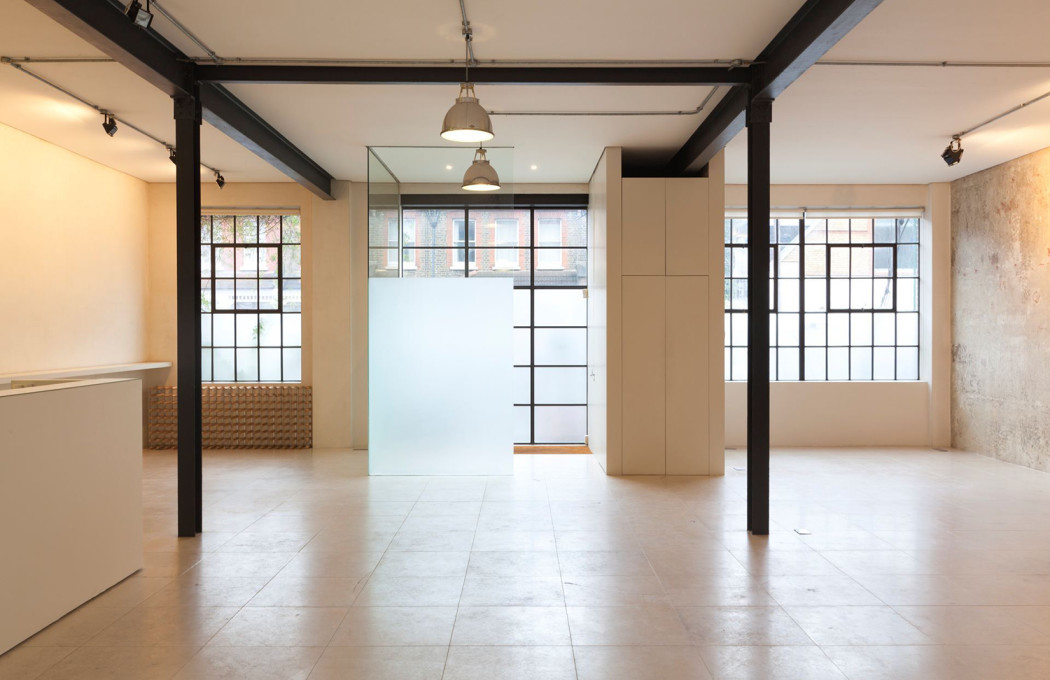
Pember Road, Kensal Rise, NW10; £6.5 million
This warehouse-style building in Kensal Rise spans 8,000 sq ft.
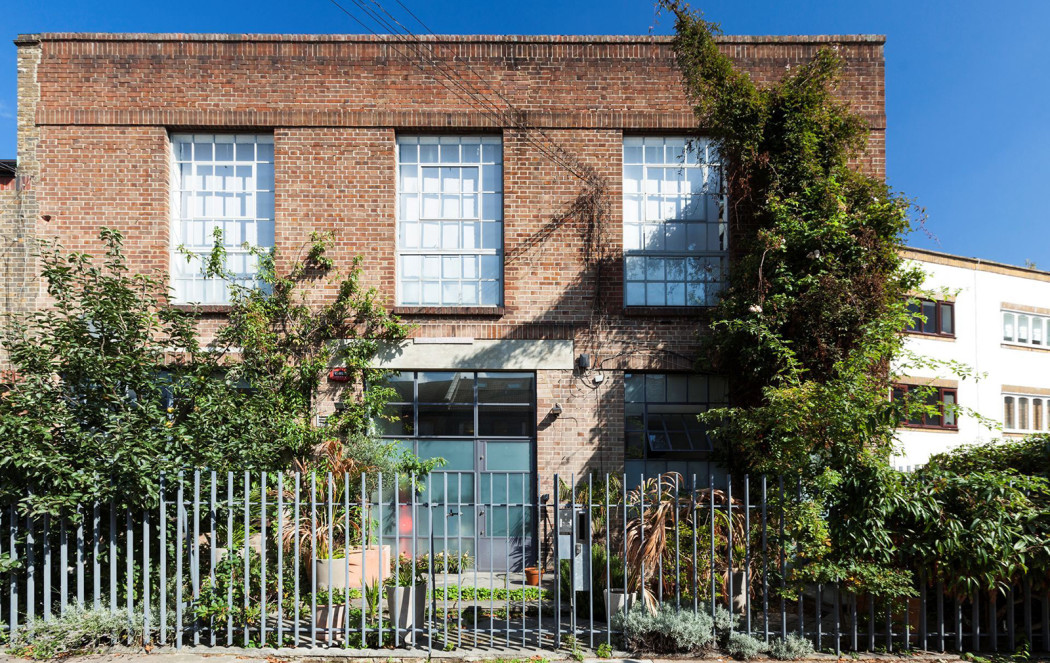
Pember Road, Kensal Rise, NW10; £6.5 million
The property is close to the canal and designer Tom Dixon’s Dock Kitchen.
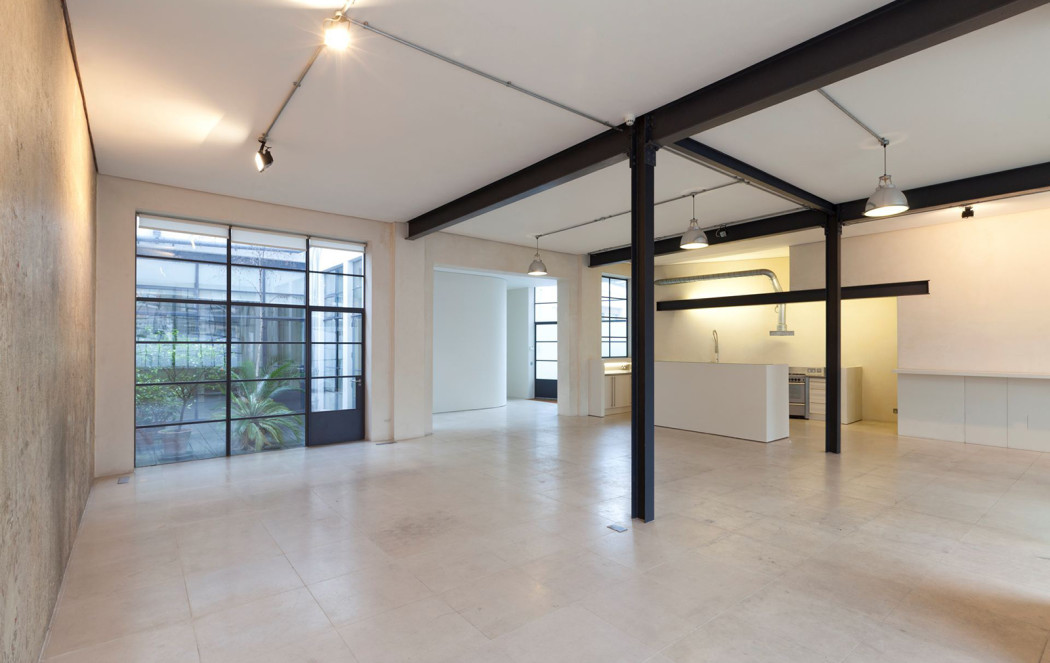
Pember Road, Kensal Rise, NW10; £6.5 million
Interior spaces are raw and open plan.
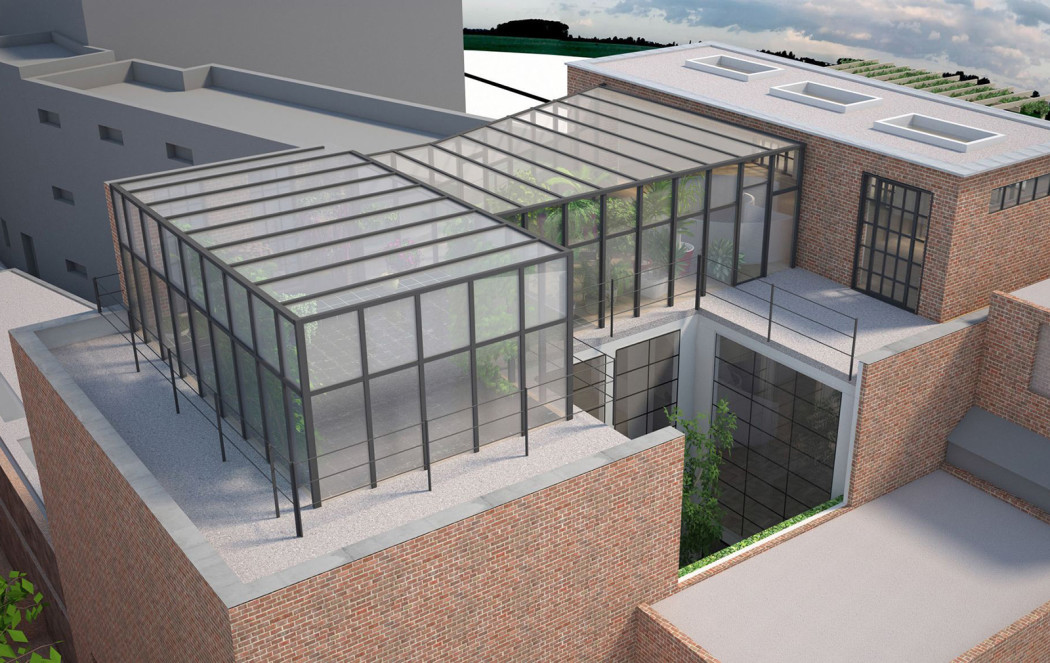
Pember Road, Kensal Rise, NW10; £6.5 million
The building comes with planning permission for a rooftop pool, garden and conservatory.
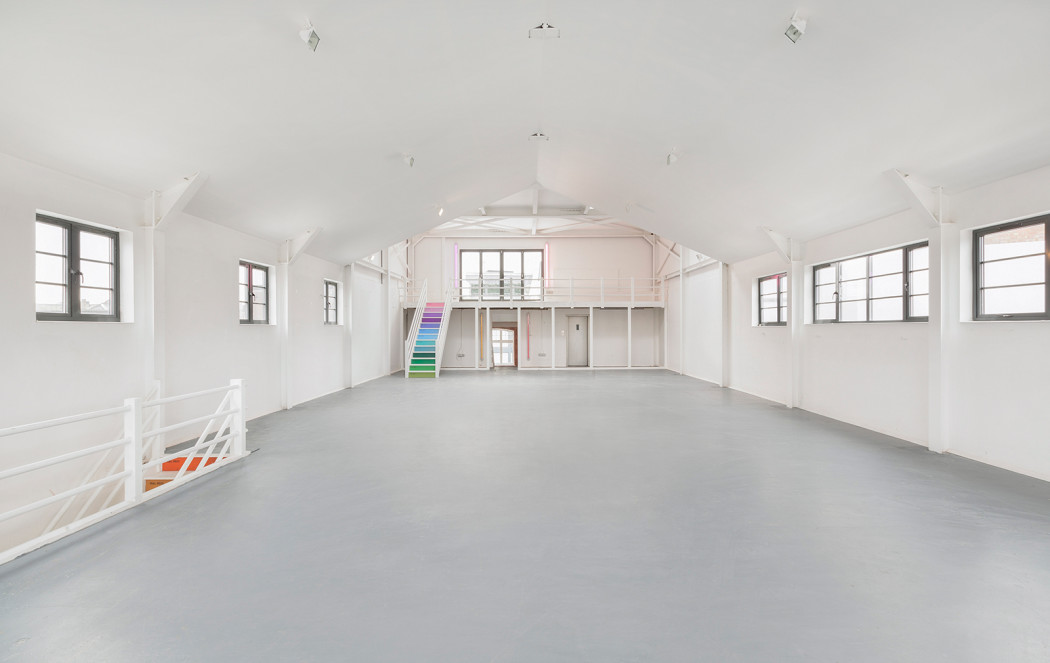
Broughton Road, Fulham, SW6; £3.95 million
Verve Properties have restored the Loud & Western building, leaving the interior spaces entirely open so buyers have ‘the freedom to decide how [they] want to live’. This living area spans 6,500 sq ft.
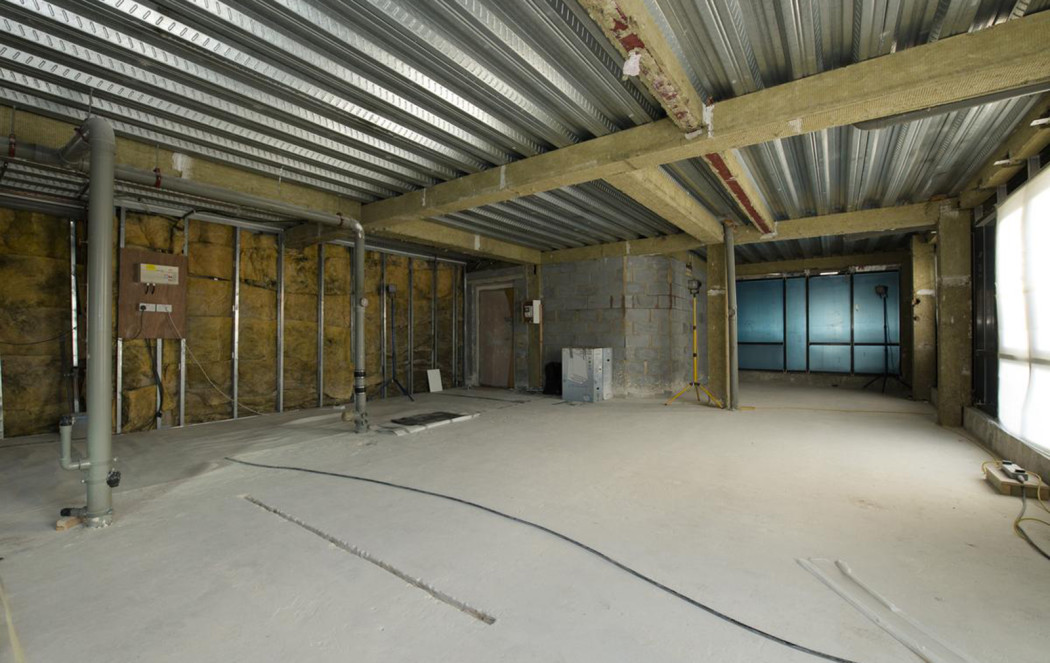
Bird Street, Marylebone, W1; £3.25 million
This 1,500 sq ft shell on the 8th-floor of a building close to Selfridges takes ‘raw’ to the extreme. The gutted property is a complete blank canvas.
How the raw space movement began
The concept of raw space is not actually new, although it feels it, especially in the capital. It originates from New York in the 1960s and 70s, and the trend first came across to the UK in the early 1990s, when the property crash meant that developers could buy great buildings at cheap enough prices to offer big open spaces – catalysts for the sort of ex-warehouse, loft-style living that has now become a byword for cool.
One catch is that, these days, such space is not at all easy to find, particularly in London. ‘It’s rare to get someone who would get planning permission for conversion and then sell the building as a shell,’ says Stanway. ‘That doesn’t happen any more as there’s less money in it.’ Foxtons recently listed an unconverted warehouse property in New Crane Wharf, Wapping, on the market for £1.5m, which almost immediately came off again after the vendor decided he wanted to develop it himself.
Honing your eye
If you decide to go for it, you could be competing against many other would-be buyers. ‘Almost everyone has an urge for a warehouse or open space, but in reality they’re incredibly rare,’ says Roberts. ‘They’re not often on the open market, and take a more intricate search.’ You need to look with eagle eyes – ignore dodgy artists’ renderings of what a space could look like completed and check out the bare bones of a building. Domus Nova’s warehouse-style building near Queen’s Park in NW10 is a case in point: vast space (8,000 sq ft) that comes with planning permission to transform it into a five-bedroom house; beautiful photos of the empty shell, frightening CGI images of a potential interior layout.
Taking a risk
If you can’t find anything suitable but you’ve got your heart set on the idea, you may have to take some risks – buying a non-residential building without planning permission in place, for example, which means a better price but no guarantee you can turn it into your dream property. Be sure to check out the legalities: if you’re buying a leasehold property, ensure the lease allows for change of use to residential. And if converting a commercial building, remember that commercial space wasn’t designed for people to live in: be wary of low floor-to-ceiling heights that you can’t expand, and note that you may have to strip out charming original features to comply with modern building regulations and light sustainability levels.
If you’re prepared to take it on, however, you could end up with something unique. Raw, it seems, is definitely the dish of the day.
